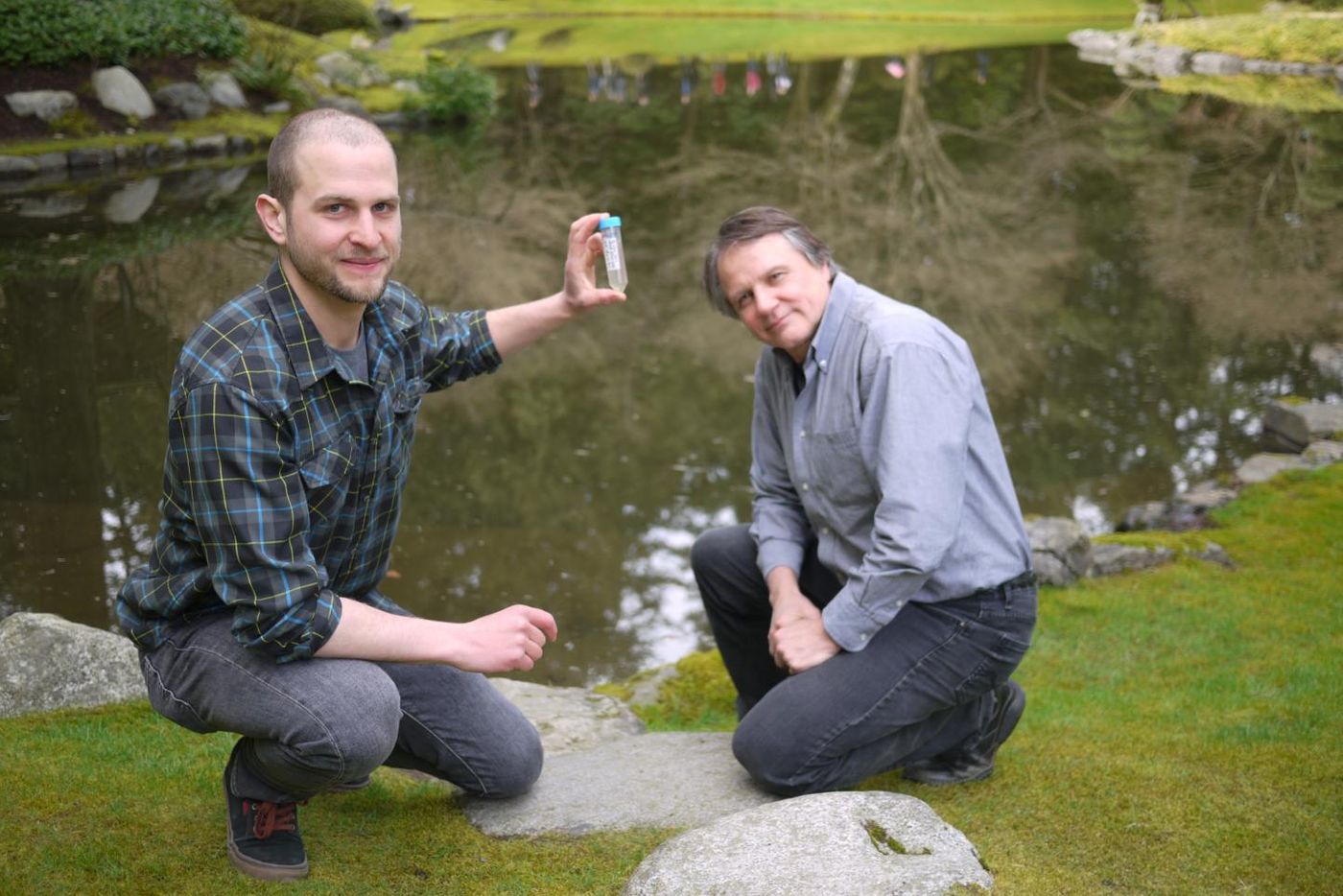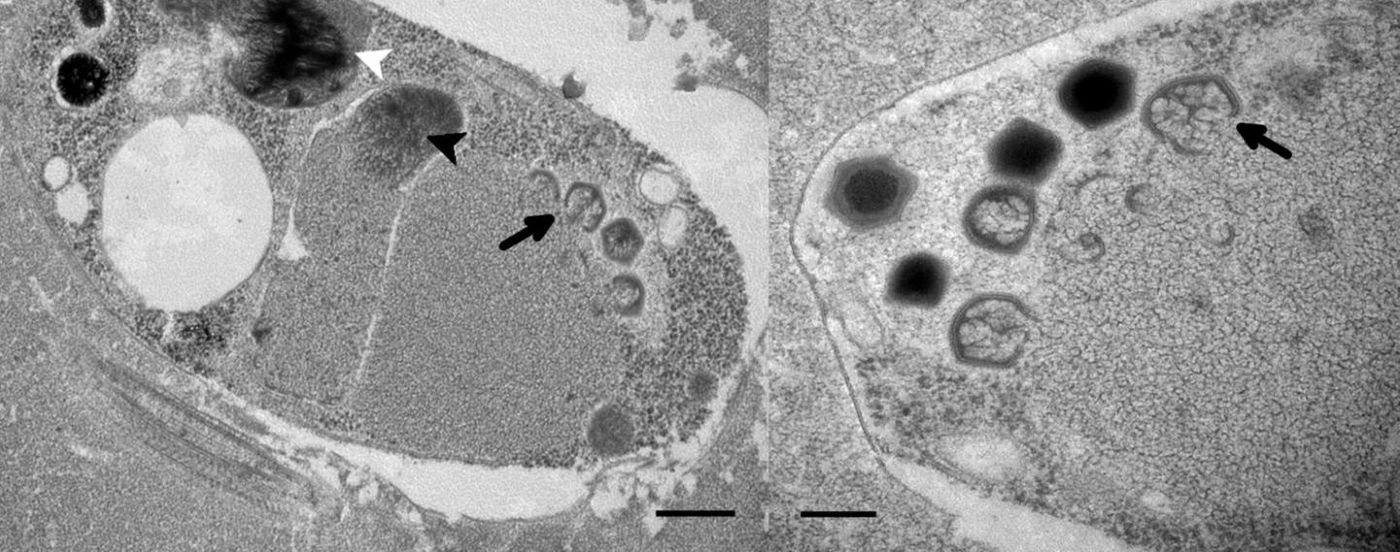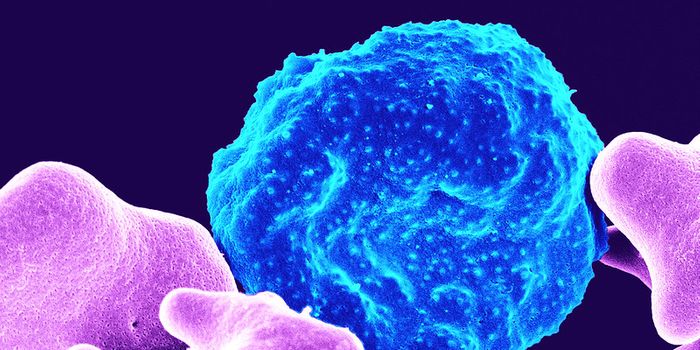A Giant Ocean Virus has Been Isolated & Characterized
We share the world with millions of microbes; one study estimated that there are no fewer than 320,000 microorganisms that have the potential to infect mammals. The ocean is one place that many viruses call home. Now scientists at the University of British Columbia have characterized one of the giant viruses commonly found in the sea, Bodo saltans virus (BsV).
The BsV has a massive genome with 1.39 million nucleotide bases, making it one of the biggest viruses ever isolated. It is now the largest known to infect zooplankton, and has been reported in eLife.
All the DNA these giant viruses carry enables them to create proteins without a host, unlike most viruses we are familiar with. Typically, viruses are thought of as hijackers that take over the cellular machinery of a host and use the stuff for its own purposes. These giant viruses don’t need to do that.
BsV can infect a microzooplankton named Bodo saltans. To do so, it must outcompete other viruses. It has an arsenal on hand, including enzymes that chop up DNA, and toxins.
"Bodo saltans virus is one of the few giants we've characterized that infects a common and ecologically important host," noted University of British Columbia researcher Curtis Suttle. "It's representative of the most abundant giant viruses in the sea, yet until BsV was discovered, there was no way to investigate these viruses in the lab."
When BsV infects its host, it releases its viral genome in the rear of the host cell. It seems that as it evolved, it grabbed some parts of its host’s genome. For example, BsV does not have tRNA molecules, but it carries tRNA repair genes. Around ten percent of its genome codes for the same class of proteins that probably fight the host immune system.
"These genes are actively being duplicated in an accordion-like mechanism in the periphery of the viral genome," said first author and UBC graduate student Christoph Deeg. "This suggests that the virus is engaged in an evolutionary arms race with its host, and could offer [an] explanation of how the genomes of giant viruses could reach their impressive complexity."
Suttle talks a bit more about his research and what it means for us in this short video.
Sources: AAAS/Eurekalert! Via University of British Columbia, mBio, eLife










